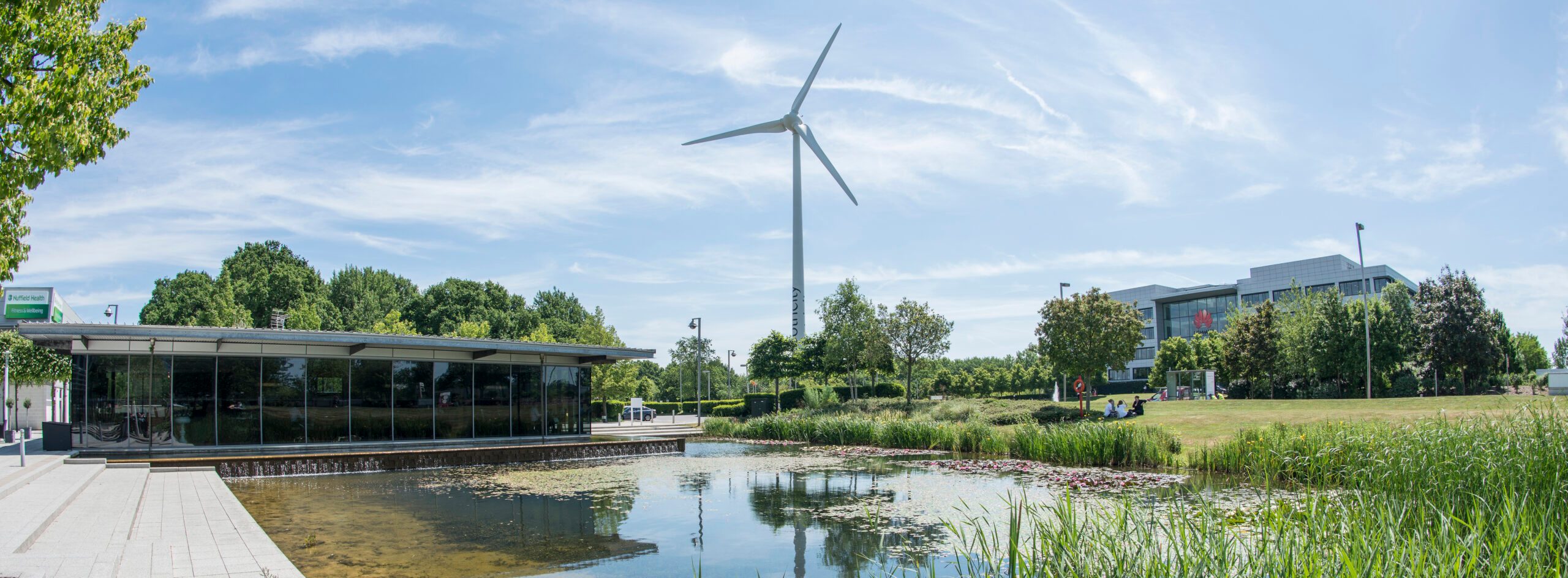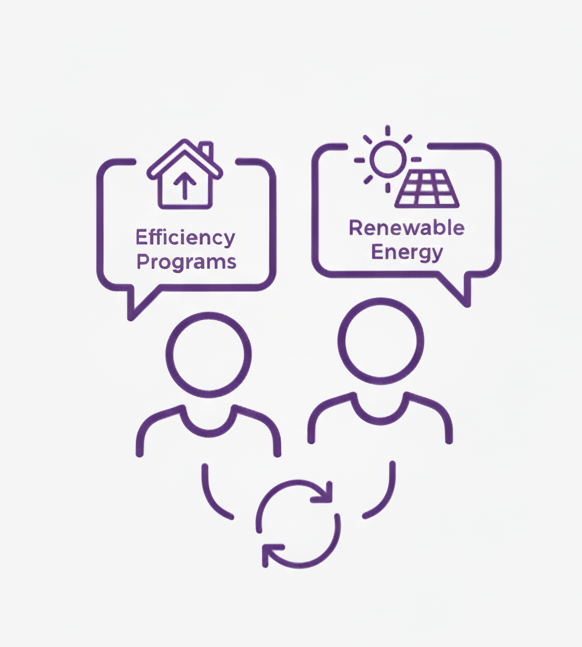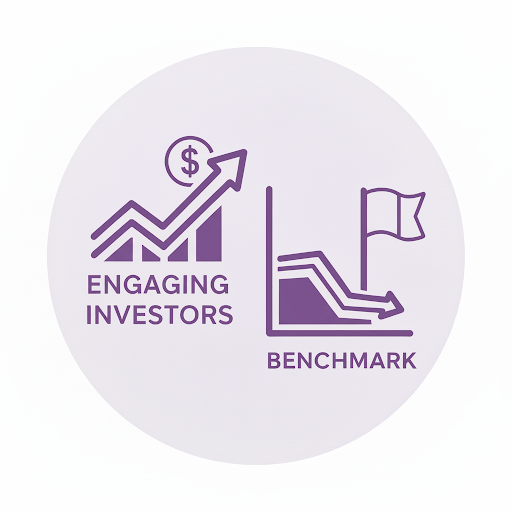Net Zero Roadmap
Central to its efforts in building a climate-resilient portfolio, Mapletree reaffirms its dedication to the principles outlined in the Paris Agreement and Singapore’s net zero emissions ambitions. Mapletree’s Net Zero 2050 Roadmap serves as a guiding framework for the organisation to achieve absolute net zero emissions by 2050.
In its net zero journey, Mapletree, just like many other organisations, faces constraints and limitations in pursuing the possibility and probability of achieving the ideal outcome. The lack of control and influence over value chain emissions by stakeholders such as tenants and suppliers/contractors make targets far-reaching. Nevertheless, Mapletree has identified various levers and strategies that will advance its decarbonisation effort.
Carbon credits for residual emissions will be evaluated and tapped at a later stage when necessary for the entire organisation to achieve net zero.


Our Progress
Decarbonising the entire value chain is a long and demanding task that requires sustained and collaborative efforts from both internal and external stakeholders. Mapletree remains dedicated to embedding sustainability into its practices across all fronts – from investment to development and operations.
Environmental Data Management System
Mapletree completed the implementation of an environmental data management system across the Group. The system plays a crucial role in facilitating the tracking of carbon emissions-related data across various asset portfolios. With over 200 related data points collected and analysed for all its properties, Mapletree is able to derive insights for improving the efficiency in its operations, quantify progress and maintain accountability. The system is used to streamline the carbon baselining process while aiding the setting of near-term decarbonisation targets and strategies.
Green Energy Supply
Mapletree continues to place strong emphasis on increasing the use of renewable energy across its assets. This is achieved through the installation of rooftop solar panels and the procurement of renewable energy for its operational consumption. As at 31 March 2025, Mapletree has achieved a total installed solar capacity of 150 megawatt peak (MWp) and aims to achieve 200 MWp by 2030. Notably, some of its asset portfolios have achieved great milestones in carbon neutrality for Scope 2 emissions, owing to the significant use of renewable energy such as Logistics in China and Hong Kong SAR (100%), Commercial in the UK and Europe (83%), Student Housing in the UK (54%) and Logistics in Singapore (60%).
150 MWp
of cumulative installed capacity from solar photovoltaic panels as of FY24/25
128 GWh
of renewable electricity generated from Mapletree assets
17%
of landlord electricity consumption was derived from renewable sources

Europe and the United Kingdom
- Rooftop solar panels have been installed at nine assets, achieving a cumulative capacity of 0.7 MWp.
- The adoption of green electricity for whole building use reached 92% for commercial assets, 72% for logistics assets, and 54% for student housing assets. The green electricity supplied includes solar, wind, hydro, or a combination of these sources.
- The 54% renewable electricity adoption rate in student housing reflects the continued 100% adoption in the existing portfolio, while newly acquired assets in FY24/25 came with non-renewable utility contracts as Mapletree plans to transition to green electricity when they expire.

India
- Rooftop solar panels have been installed at five assets, achieving a cumulative capacity of 2.3 MWp.
- Global Infocity Park, Chennai and Global Technology Park, Bengaluru achieved a 27% and 79% green electricity whole building adoption rate, through rooftop solar panels, green PPAs and RECs procurement.

Japan
- Rooftop solar panels have been installed at 14 logistics assets, achieving a cumulative capacity of 16.8 MWp.
- Green electricity has been procured for seven commercial assets, covering both landlord and tenant consumption. 16,119 MWh of RECs were procured.

China
- Rooftop solar panels have been installed across 42 assets, achieving a cumulative capacity of 91.5 MWp, representing 61% of Mapletree’s global solar capacity.
- For logistics assets, the application of Green Electricity Certificates (GECs, a local REC system) has been completed for all rooftop solar installations. This has resulted in the issuance of approximately 45,000 MWh of RECs (GEC and i-REC), enabling a 100% green electricity adoption rate and achieving carbon neutrality for Scope 2 emissions. This marked a significant milestone in Mapletree’s journey towards net zero by 2050.
- Since January 2025, electricity consumption at Gateway Plaza has been partially powered by renewable electricity.

Singapore
- Rooftop solar panels have been installed at 46 assets, achieving a cumulative capacity of 32.3 MWp. This represents 21% of Mapletree’s global solar capacity and generates sufficient electricity annually to power approximately 8,000 four-room Housing and Development Board flats.
- For logistics assets, the application of i-REC (a widely adopted REC system), for rooftop solar panels resulted in 6,351 MWh of RECs being issued and retired, corresponding to a 60% green electricity adoption rate.

Australia
- Rooftop solar panels have been installed at four logistics assets, achieving a cumulative capacity of 4 MWp.
Hong Kong SAR
- Rooftop solar panels have been installed at three assets, achieving a cumulative capacity of 0.4 MWp.
- For logistics assets, a 100% green electricity adoption rate was achieved, resulting in carbon neutrality for Scope 2 emissions.
Vietnam
- Rooftop solar panels have been installed at SC VivoCity, achieving a capacity of 0.8 MWp.
Malaysia
- Rooftop solar panels have been installed at Mapletree Logistics Hub, Jubli Shah Alam, achieving a capacity of 1.3 MWp.
Embodied Carbon Framework
With approximately 0.4 to 1 million square metres of new developments completed every year, Mapletree recognises the significance of upfront embodied carbon and is committed to do its part to minimise the impact through the use of recycled and green construction materials. Its Group Development Management team tracks the carbon footprint and focuses decarbonisation on concrete, reinforcement bars and structural steel as its top three materials used. Mapletree has established an Embodied Carbon Framework that guides project managers in benchmarking the carbon footprint of projects under development and assessing the feasibility of low-carbon materials. Mapletree aims to reduce its upfront embodied carbon emissions (A1-A3) intensity by 30% from benchmark by 2030 and has achieved a 17% reduction in embodied carbon for projects completed in FY24/25.
Energy Efficiency Optimisation
A mix of passive and active strategies ensures efficient resource use in Mapletree’s buildings. This begins at the design stage. For instance, Mapletree may optimise the building orientation and facade design to capitalise on daylighting and natural ventilation. The green focus carries through to energy-efficient building systems, including heating, ventilation and air-conditioning (HVAC), water-efficient fittings and solar photovoltaic panels for renewable energy. Technology plays a major role, ranging from smart building automation systems to district cooling systems that adjust building systems according to different cooling requirements by operational demand. Mapletree makes it a policy to obtain green building certifications for all new developments. Such certifications are important because they demonstrate Mapletree’s commitment to develop sustainable buildings which promote occupant well-being and environmental stewardship. In FY24/25, Mapletree’s operational carbon (Scope 1, Scope 2 and Scope 3 Category 13) emissions intensity declined 7% from the FY23/24 baseline due to a combination of asset-level energy efficiency improvements and the further use of renewable energy.
Green and Sustainable Financing
Mapletree started adopting green and sustainable financing as early as 2017 and has continued to leverage such financing facilities as a key enabler to advance sustainability within the organisation. The Group, including its subsidiaries, joint ventures and REITs, secured 21 green and sustainable financing totalling S$2.5 billion in FY24/25, which brought the total secured to date to S$8 billion.
Stakeholder Engagement
With value chain emissions (Scope 3) representing a major part of the carbon footprint, it is vital for Mapletree to foster deep collaborations with stakeholders to meet its decarbonisation target. Tenants’ electricity usage is one of the largest contributors to its emissions, and Mapletree has embarked on green leases as a channel to engage tenants on various environmental, social and governance (ESG) topics, including decarbonisation and transition to renewable energy use. Besides tenants, Mapletree is also focused on building partnerships with its suppliers, contractors and service providers who also play a crucial role in its decarbonisation journey. In FY24/25, Mapletree rolled out a Supplier Code of Conduct for new procurement pertaining to Singapore operational properties and is in the process of implementing one Group-wide.
Featured Stories
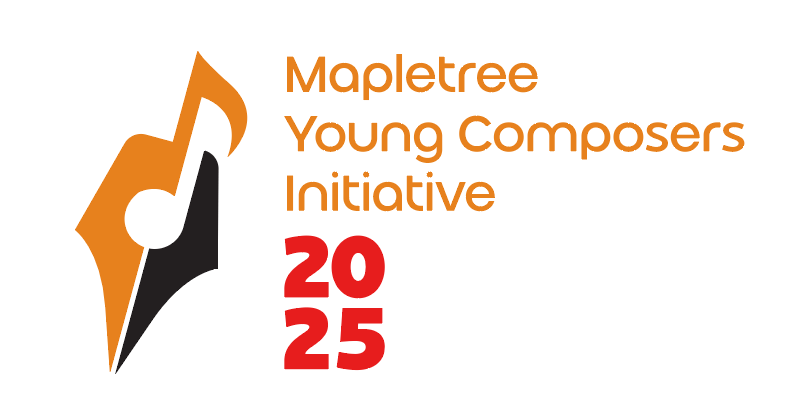
Mapletree and UAS conclude SG60 with inaugural Young Composers Initiative 2025

Mapletree, The TENG Ensemble present brand-new children’s concert at VivoCity for Lunar New Year 2026
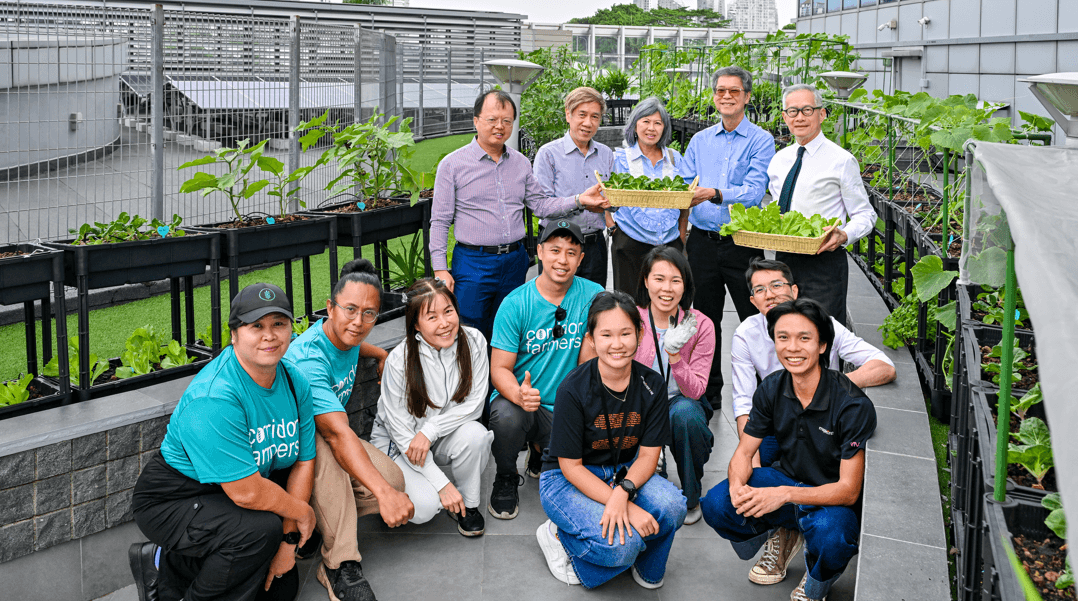
Mapletree Edible Garden at Alexandra Retail Centre takes root with more than 30kg of crops harvested to date

Mapletree and TENG announce eighth scholarship to support next generation of Chinese musicians




